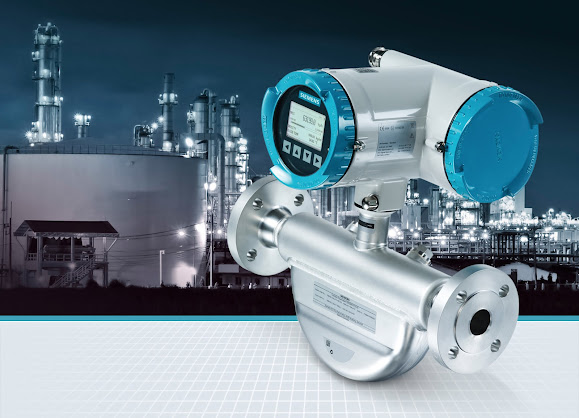The Role Of Pressure Transmitters In Ensuring Workplace Safety
Pressure transmitters are essential tools in ensuring workplace safety. They provide useful data that can help you optimise your equipment and processes, and they allow you to identify potential issues so that they can be addressed before they become serious.
In this article, we will explore the role of Water Level Pressure transmitter in workplace safety and how they can help improve your operations.
Early Detection of Pressure Changes
The pressure transmitter is a device that measures pressure and converts it into an electrical signal. These instruments are used in a variety of applications, most commonly in industrial processes and the oil and gas industry.
An example of a pressure transmitter application would be an instrument installed on a tank containing liquid hydrocarbons or other hazardous materials to measure the internal or external pressure of the container at all times.
This information can then be transmitted via wireless technology to remote monitoring stations where operators can access it quickly when problems arise.
Prevention of Equipment Failures
Pressure transmitters are used to monitor the pressure of fluids flowing through pipes. This information can be used to prevent equipment failures, damage, dangerous situations and injury to people.
To understand how pressure transmitters work you need to know a little bit about how they're designed and what they do.
Pressure transmitters contain an internal mechanism that measures changes in fluid pressure by converting them into electrical signals which are then sent back to a control panel or computer system for analysis by an operator or technician.
Increased Accuracy and Efficiency
By using pressure transmitters and temperature humidity sensor, you can significantly reduce maintenance costs and downtime. This translates into improved efficiency and reduced risk of accidents.
The use of pressure transmitters also enables you to measure liquid levels in tanks or reservoirs with greater accuracy than other methods such as weight gauges or sight glasses.
The result is better information about how much material remains in those containers, which helps you avoid running out during a production run or meeting demand when it's most needed.
Safety in Hazardous Environments
The role of pressure transmitter in ensuring workplace safety is not limited to hazardous environments.
In fact, humidity sensors can be used to monitor conditions in non-hazardous areas as well. For example, pressure transmitters are used in many industries to measure the amount of moisture in soil or ground water and help predict flooding risks.
In other words, pressure transmitters are an important tool for maintaining workplace safety across all industries--whether it's hazardous or not!
Conclusion
As you can see, the role of pressure transmitter is an important one in ensuring workplace safety. They allow you to detect changes in pressure levels, which can be a sign of potential equipment failure or a dangerous situation.
By knowing what pressures exist at all times, you can take action before any harm comes to yourself or others around you.


Comments
Post a Comment